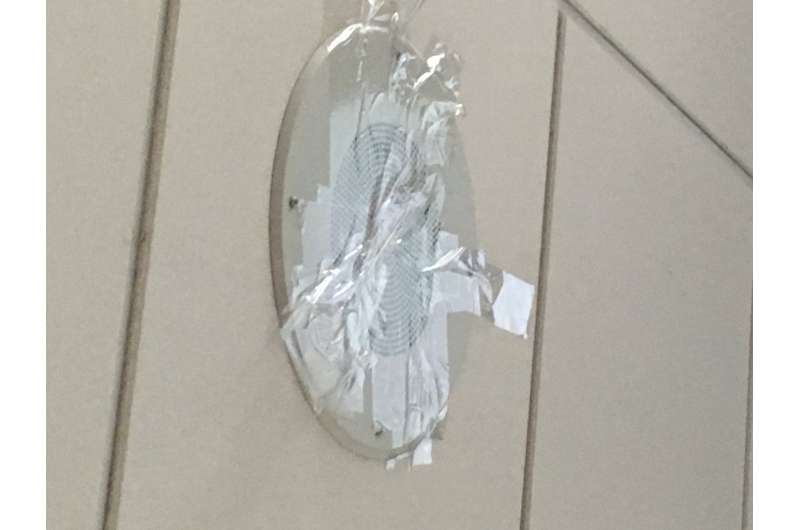High-efficiency building bloopers revealed through occupant studies

Many researchers know that new high-efficiency buildings don't typically get used as intended. The numbers don't add up, and occupants can easily waste energy if they do not understand how to use the building.
Julia Day, assistant professor in Washington State University's School of Design and Construction, set out to learn why.
In collaboration with William O'Brien from Carleton University in Ottawa, Canada, Day recently published a paper in Energy Research and Social Science, that explores occupant behavior in high-efficiency buildings. Their research could lead to better designed and more efficient buildings that work for their occupants.
Creatively overriding the system
"I have seen people taping motion sensor light switches to keep their lights off, people placing popsicles on thermostats to turn on the heat, and even someone taping a quarter onto a window sill to reflect light onto a thermostat to turn on the AC," said Day. "People can get pretty creative, but why not design it so they can use it in the first place? We need to create environments where people can be productive."
Occupants in the various studies often showcased poor energy efficiency behavior when looking strictly at the quantitative data. However, through interviews and other qualitative methods (i.e. survey stories), the researchers could understand and explain the behaviors.
For instance, the researchers found a remote weather station that had automated lights to save energy. But, the lights inhibited nighttime work.
"We found out the employees would have to sit still for about 15 minutes for the lights to go out," said Day. "In one instance, after sitting still for 15 minutes, an employee sneezed, turning the lights back on, and the employees had to then start over the process and stay still again."
Motion sensor headaches
In another study, an occupant covered their motion sensor light switch with tape because the lights gave them headaches. Another occupant complained their lights were frequently turning off when they were in their office because their motion sensor was around a corner. So, they put a toy Drinking Bird™ to continuously trigger the motion sensor, regardless if the lights were kept on when the office was empty.
In another building, designers installed a signaling system to indicate the best times of day to open or close windows to take advantage of natural ventilation, but none of the occupants knew what the signaling system meant.
Occupant input, not just numbers
"We were learning more about occupant behavior through open-ended answers in the surveys, versus just looking at the numbers," said Day. "There is a lot to be learned by looking at both qualitative and quantitative data. We can learn from people's stories and their behaviors to further reduce energy consumption."
Day is involved in several international and national organizations including the International Energy Agency Energy in Buildings and Communities Programme's Annex 66, an international effort to define and simulate occupant behavior in buildings.
More information: Julia K. Day et al, Oh behave! Survey stories and lessons learned from building occupants in high-performance buildings, Energy Research & Social Science (2017). DOI: 10.1016/j.erss.2017.05.037
Provided by Washington State University



















